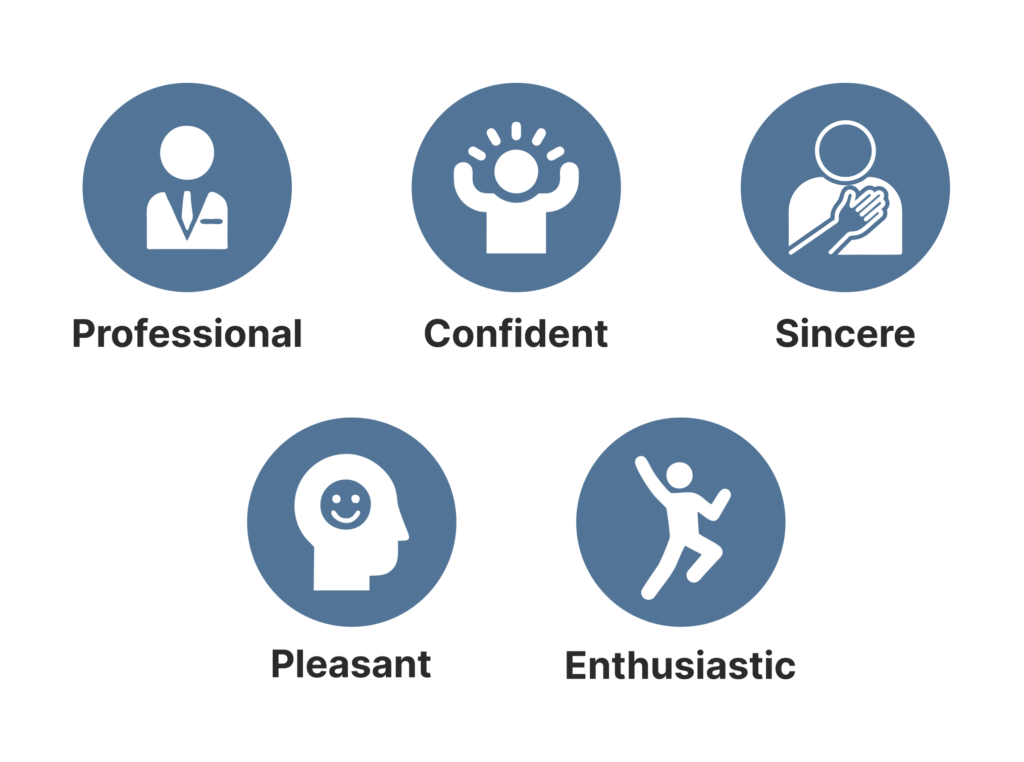Best practices for advisors during a Telephonic Conversation
Prospecting is a continuous process. You need to constantly be prospecting to ensure you are seeing enough people to write enough business. Ideally, you should not only verify a lead but also research them before booking a face-to-face appointment.
Having more information about a prospective customer allows you to be more confident in your presentation and, consequently, you come across as more knowledgeable. It also makes it easier to build rapport at a face-to-face meeting.
How to get initial leads and appointments?
Make a long list of leads and allocate sufficient amounts of time to each call session. Be prepared to hear phrases like “call later”, and “cannot discuss now” because not everyone will be available to speak to you. Hence you should have a long list of prospects so that in your first
calling session at least you get some positive response.
On average ten dials will result in between five and seven contacts, actually speaking to the person named on your lead sheet.
Best practices conducted by professional advisors during a telephonic conversation
1. The importance of your voice
In the case of a telephonic conversation, voice plays the most important role. The role of body language is minimized, and the Tone and Words convey the majority of the message.
Categorisation of the impact message in a telephone conversation. This is calculated in percentage.
When we are communicating via the telephone we lose visual body language – eye contact, nodding, etc. We do however still communicate some of our body languages – smiling, and slouching, so we still need to smile and be in a positive mental environment while we dial.

2. Call during non-peak hours
Generally, people don’t like being disturbed during productive hours, even if they take your call, they might not give you full attention. Hence, making calls during non-peak hours makes more sense. Calling during non-peak hours will earn you the attention and respect of those you are trying to reach. Avoid calling them during the lunch hour or dinner time.
3. First Impression
Create a good first impression – you have between 4 and 14 seconds on the telephone to make a positive first impression. To ensure that your first impression is a positive one, you need to make sure you come across as

4. Need to sell appointment and self, not product
The purpose of the call is not to sell the product but to sell an appointment to build the connection further. Ask for the appointment as it shows that you respect their time. Instead of wasting time on selling the product over the phone, try to convince them to a meeting. And while asking, instead of saying ‘When would you like to meet?’ ask: ‘Can we make it on Wednesday at 3.00 pm?’ (or whatever time and day you prefer). Asking to meet on a specific day and time shows commitment.
5. Prepare yourself in advance
To sell the appointment use powerful words to describe your service and a few details about the product. One way to always nail your pitch is to write down a rough script before making a call. It should include the pointers you want to talk about along with your introduction, the reason for the call, and objection-handling answers. While preparing, you can also do a little background research on the prospect through their social media which will help you personalize your pitch.
Examples of such powerful words are:

6. Always Close after thanking them
Close your call with a professional touch. You can do so by thanking the prospect for giving you the time and attention. A touch of ‘Thank you’ or ‘A Good day’ before closing the call shows courtesy and appreciation.
That’s it now you’re ready to pick up the phone and call the potential customer. Before making your call, take a few minutes to think about what information you have on this contact. What special reason for sharing this opportunity with him? If the contact is a referral, think back to what was said about him. Remember, personalized pitches always work wonderfully.


